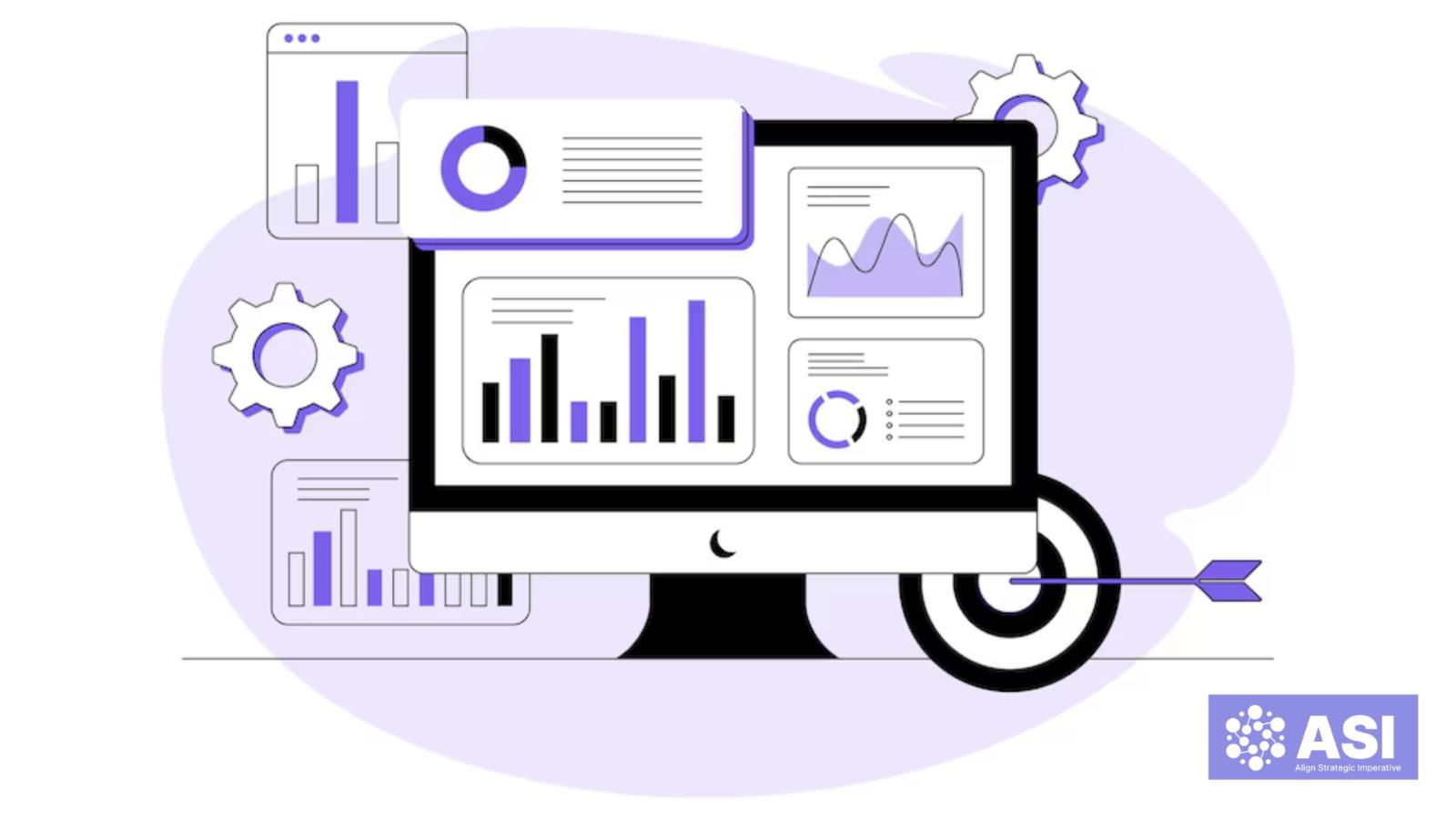Intelligent Irrigation Systems: The Foundation of Sustainable and Efficient Agriculture

Intelligent Irrigation System Market: Industry Overview and Outlook
The global intelligent irrigation system market is experiencing rapid growth, driven by the urgent need for efficient water management, increasing water scarcity, and the growing emphasis on sustainable agriculture and landscaping practices. Intelligent irrigation systems leverage advanced technologies such as IoT sensors, data analytics, cloud computing, and AI-driven automation to optimize water usage, reduce waste, and enhance crop yields. The market is projected to expand from approximately ₹12,400 crore (USD 1.5 billion) in 2024 to ₹34,860 crore (USD 4.2 billion) by 2033, at a CAGR of 12.3%1. Some forecasts indicate even higher growth, with the market potentially reaching up to ₹54,000 crore (USD 6.5 billion) by 2030, depending on technological adoption and regional expansion23. Key trends include the integration of real-time soil and weather data, remote monitoring and control via mobile platforms, and the development of plug-and-play solutions for mid-size farms and urban landscapes. Asia-Pacific is emerging as a high-growth region, fueled by rapid urbanization, agricultural modernization, and government initiatives promoting smart agriculture and water conservation.
more insights - https://alignstrategicimperative.com/industry/intelligent-irrigation-system-market/
Why Intelligent Irrigation System Market Matters
-
Water Conservation: Intelligent irrigation systems minimize water waste by delivering precise amounts of water based on real-time soil and weather conditions.
-
Enhanced Crop Productivity: Optimized irrigation schedules improve plant health and increase crop yields, supporting food security.
-
Sustainability: Reduces environmental impact by lowering water and energy consumption in agriculture and landscaping.
-
Cost Savings: Automated systems reduce labor costs and operational expenses, making farming and landscaping more profitable.
-
Regulatory Compliance: Helps farmers and municipalities meet stringent water usage and environmental regulations.
Market Drivers
-
Water Scarcity and Climate Change: Growing concerns over water shortages and unpredictable weather patterns are accelerating adoption.
-
Government Initiatives: Supportive policies, subsidies, and mandates for smart agriculture and water-efficient technologies are boosting market growth.
-
Technological Advancements: Innovations in IoT, AI, and cloud-based analytics are making irrigation systems smarter and more accessible.
-
Urbanization and Smart Cities: The expansion of urban green spaces and smart city projects is driving demand for efficient irrigation solutions.
-
Rising Demand for Precision Agriculture: Farmers are increasingly adopting data-driven, automated irrigation to optimize resource use and productivity.
Challenges
-
High Initial Investment: Advanced intelligent irrigation systems require significant upfront costs, which can be a barrier for small-scale farmers.
-
Lack of Awareness and Technical Expertise: Limited understanding of smart technologies and lack of skilled personnel may slow adoption in some regions.
-
Integration with Existing Infrastructure: Retrofitting older farms and landscapes with new systems can be complex and costly.
-
Connectivity Issues: Reliable internet and mobile connectivity are essential for remote monitoring and control, which may be lacking in rural areas.
-
Market Fragmentation: The presence of numerous regional and global players increases competition and complicates standardization.
Market Outcome
-
Steady Market Growth: The intelligent irrigation system market is expected to reach between ₹34,860 crore and ₹54,000 crore by 2030–2033, depending on adoption rates and regional expansion21.
-
Increased Adoption of Smart Technologies: Integration of IoT, AI, and cloud platforms will drive future product development and efficiency gains.
-
Technological and Product Innovation: Continued R&D will lead to smarter, more user-friendly, and cost-effective irrigation solutions.
-
Sustainability and Efficiency Focus: Emphasis on reducing water waste and optimizing resource management will shape future trends.
-
Enhanced Market Penetration: Rising awareness, digital transformation, and infrastructure investments will expand market reach and adoption, especially in emerging economies.


- Art
- Causes
- Best Offers
- Crafts
- Dance
- Drinks
- Film
- Fitness
- Food
- Spiele
- Festival
- Gardening
- Health
- Startseite
- Literature
- Music
- Networking
- Andere
- Party
- Religion
- Shopping
- Sports
- Theater
- Wellness



